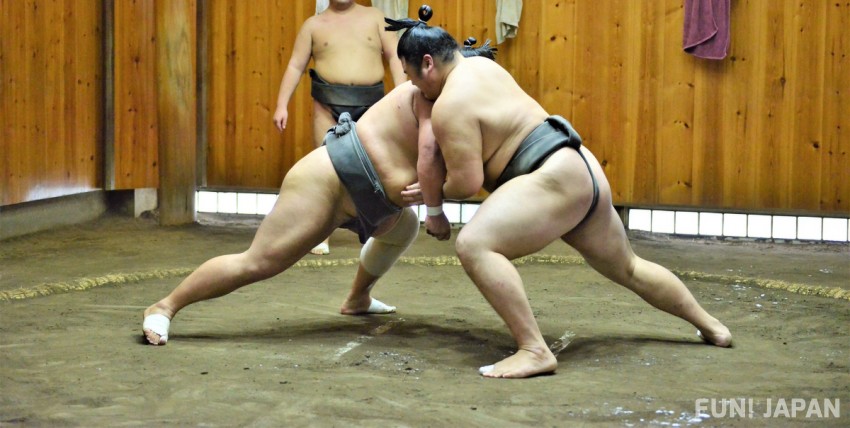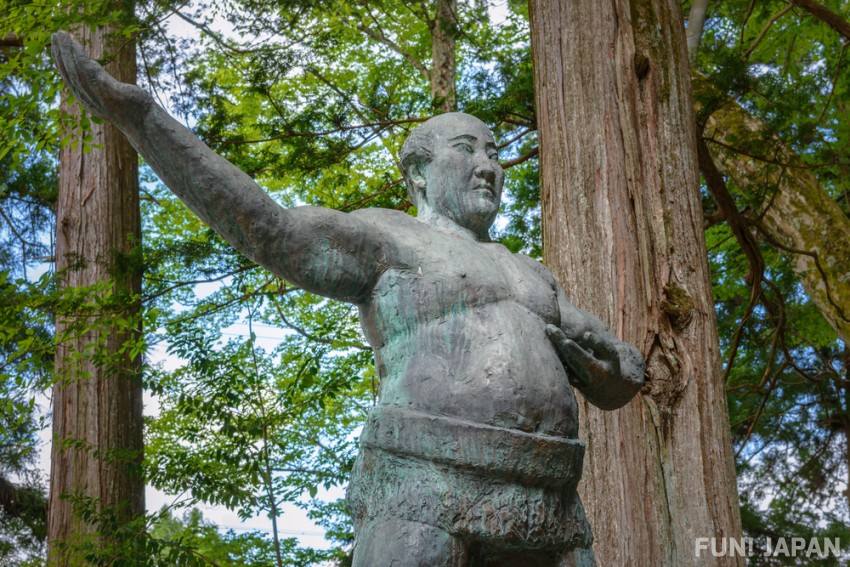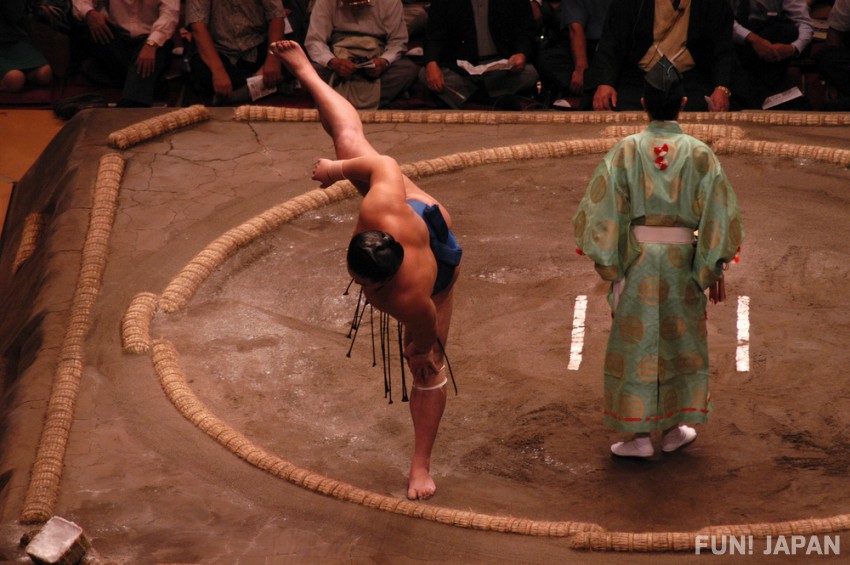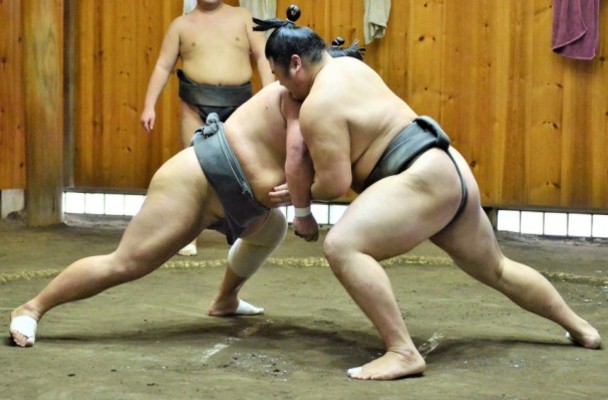
Grand Sumo are traditional Japanese wrestlers that tie their hair up in a bun and wear a loincloth whilst fighting within a designated ring. Sumo is one of the oldest sports in Japan and the ranking of Japanese wrestlers's position is reflected on Banzuke (番付). In this article we would like to introduce why sumo wrestling is so charming as well as explain the rules as simply as we can!
What is a Sumo? What is the Difference between Sumo and Grand Sumo?
Sumo wrestlers fight within a ring that has a diameter of 4.55 metres, it is a Shinto ritual and is combat without the use of weapons. In order to win, you must either push your opponent outside of the ring or make any part of their upper body touch the ground. Grand sumo tournaments occur 6 times a year and have matches that last over 15 days. These tournaments go by the name of "Basho (場所)" and will be held 3 times in Tokyo, then once respectively in Osaka, Nagoya, and Fukuoka. Whoever gains the most wins in the "Basho" is considered the winner, the rank a fighter attains here has an affect on the Banzuke. The difference between Sumo and Grand Sumo is that, Sumo is referring to the sport itself, while Grand Sumo means the tournament of professional wrestlers (Rikishi) which held by Nihon Sumo Kyokai (Japan Sumo Association).
The Origins and History of Sumo

Sumo, appear in Japanese folklore, were once said to be a part of a ritual that enhanced the yield from crops. From there on for another 300 years, sumo were watched in the imperial palace in the Sumai no Sechie (Sumo Festival). From the 12th to the 16th century, sumo had been started to incorporate fighting into Samurai's training, and from the Edo period sumo started gaining popularity as an entertainment for the average person. The reasoning behind them starting to fight was to raise money for the repairs and upkeep of local temples and shrines, these were the event of Kanjinzumo (勧進相撲). It was thanks to these events in the Edo period that we have the grand sumo tournament today. Furthermore, the current style of them with their hair in a bun and the wearing of a loincloth is still today as it was back in the Edo period, surely an important part of Japanese culture and history that can still be seen today.
Understanding the Ranking via Result of Matches

The rank of the sumo is recorded and displayed in the Banzuke. Furthermore, all of the resulting matches are displayed from all of the "basho". The highest rank is the Yokozuna (横綱): or grand champion. Then you have, in descending order, the Ozeki (大関) or champion, the Sekiwake (関脇), Komusubi (小結 ), Maegashira (前頭) and so on.
Anything above the Maegashira rank is considered to be a very high ranking sumo or a Makuuchi (幕内) division. Underneath these are the wrestlers of Juryo (十両) division, Makushita (幕下) division, Sandanme (三段目) division, Jonidan (序二段) division, Jonokuchi (序ノ口) division. The professional sumo wrestlers reaches up until Juryo (十両) division are treated as Sekitori (関取). Furthermore, each ranking is split between the west and the east, with the east being stronger overall.
The charm of the Grand Sumo

In many one-on-one fighting sport, the matches are usually decided and split via weight groups, however in sumo wrestling, none of this matters, not weight nor height. Of course you can get the upper hand being taller and have more weight, however, there are a lot of smaller fighters who have mastered their art and can definitely win matches. Many people say the real pleasure of watching sumo wrestling is this match of skill.

Comments